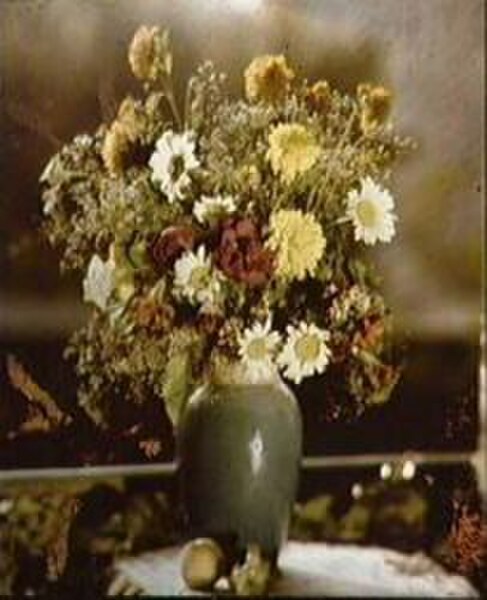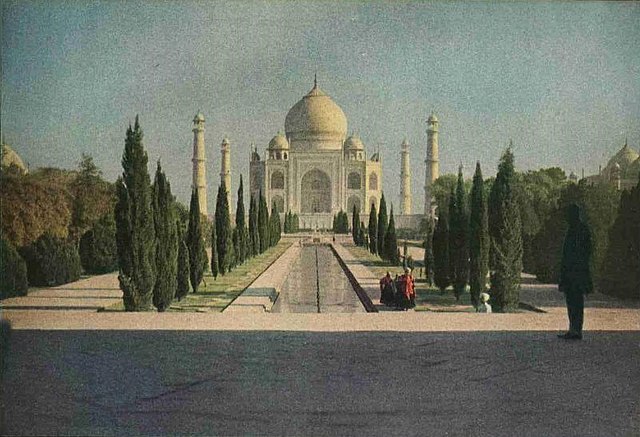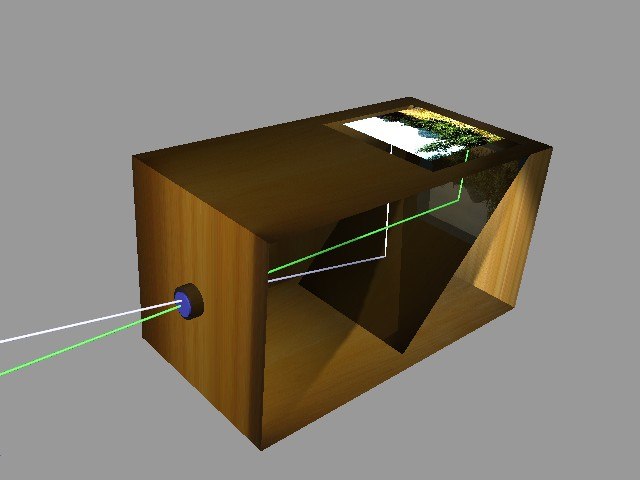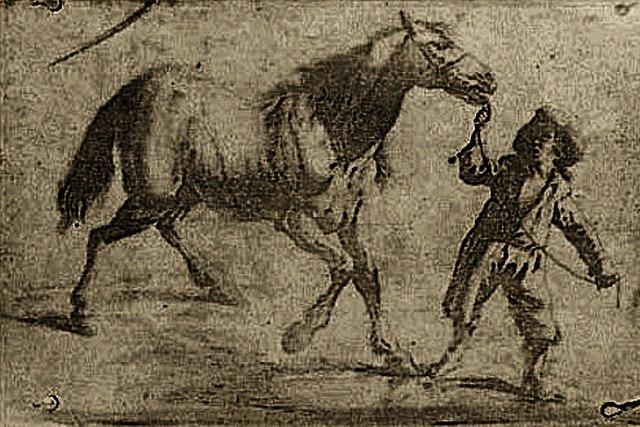Color photography
Videos
Page
Color photography is a type of photography that uses media capable of capturing and reproducing colors. By contrast, black-and-white or gray-monochrome photography records only a single channel of luminance (brightness) and uses media capable only of showing shades of gray.

The first color photograph made by the three-color method suggested by James Clerk Maxwell in 1855, taken in 1861 by Thomas Sutton. The subject is a colored ribbon, usually described as a tartan ribbon.

A color photograph made by Gabriel Lippmann in the 1890s, containing no pigments or dyes of any kind.

A 1908 Autochrome Lumière photograph of American author Mark Twain.

A 1914 color photograph of the Taj Mahal published in a 1921 issue of National Geographic magazine.
Photography
Videos
Page
Photography is the art, application, and practice of creating images by recording light, either electronically by means of an image sensor, or chemically by means of a light-sensitive material such as photographic film. It is employed in many fields of science, manufacturing, and business, as well as its more direct uses for art, film and video production, recreational purposes, hobby, and mass communication.

Photographers at the Chicago Old Town Art Fair in 1968

A camera obscura used for drawing

Earliest known surviving heliographic engraving, 1825, printed from a metal plate made by Nicéphore Niépce. The plate was exposed under an ordinary engraving and copied it by photographic means. This was a step towards the first permanent photograph taken with a camera.

View of the Boulevard du Temple, a daguerreotype made by Louis Daguerre in 1838, is generally accepted as the earliest photograph to include people. It is a view of a busy street, but because the exposure lasted for several minutes the moving traffic left no trace. Only the two men near the bottom left corner, one of them apparently having his boots polished by the other, remained in one place long enough to be visible.